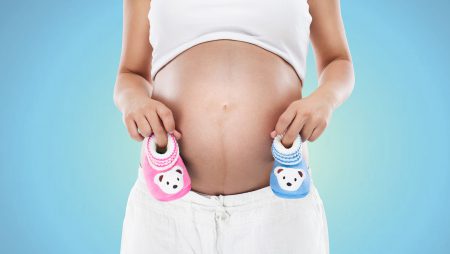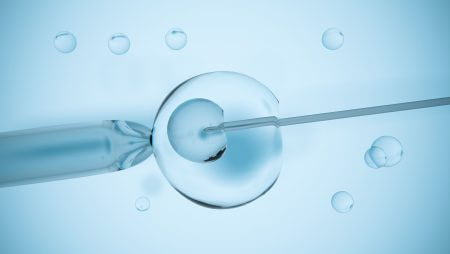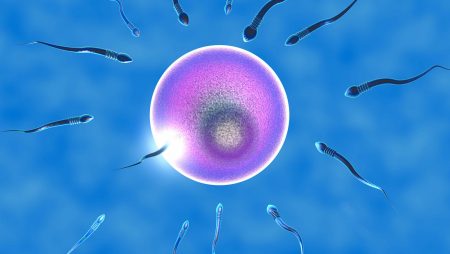The use of another man’s sperm for egg fertilization is called sperm donation. Sperm donation is made when sperm is not available or sperm is not suitable for use, and sperm use is not feasible due to diseases. Single women may prefer sperm donation.
Generally, sperm is not preferred because of sperm failure or sperm quality. Sperm donation is also performed when a man has a genetic disorder that can not be studied in the embryo, a serious chromosomal abnormality in the sperm, and a disease that can not be cleared.
Sperm donors are selected from sperm banks. Each donor has a certificate of health screening. It is selected according to the physical characteristics of the recipient and the blood groups.
Egg Collection, Fertilization and Transfer
To be able to use sperm, women need to develop and grow their eggs. Pelvic ultrasound and chromosome analyzes are performed to understand the woman’s required tests, uterine film (HSG), egg reserve.
Reglin 2 or 3rd day treatment is started. Hormone treatment is applied for 10-12 days. After the eggs come to a certain extent, cracking spots are made. After 36 hours from this injection, the eggs are collected under general anesthesia.
Collected eggs and sperm are fertilized in a special laboratory environment and their development is followed. Embryos are usually transferred between the 3rd and 5th days.
How to Choose a Sperm Donor?
According to the law, in vitro fertilization can only be performed with sperm obtained from internationally recognized and accredited sperm banks. Our center has an agreement with the world’s best sperm banks (Cryos or European Bank) located in Denmark, and has established its own sperm bank with the sperm cells we supply from these sperm banks. Sperm selection from our sperm bank, which has a rich stock of many ethnic origins and blood groups, is made by our expert embryologists. If a selection is not made from our sperm bank, selection can be made from contracted sperm banks abroad and they are brought specially. For this reason, sperm selection should be made before starting the treatment or in the first days of starting it, and the sperm should be reserved until the day of the procedure. In this case, it should be known that it will increase the cost as it is an extra application.
Selection is applied in two ways as open/closed profile. In open profiles, you can have more detailed information about the sperm donor and have the chance to reach him in the future if needed. In closed profiles, there is no detailed information other than basic information and you never have the chance to reach him. It is useful to consider this detail when making a choice.
Sperm selection is made according to these characteristics found in the certificate and the tests performed.
1. Country/Ethnicity
2. Age
3. Blood type
4. Height/Weight
5. Eye color
6. Skin color
7. Hair color
8. Education status
9. Profession/Job
10. Hobbies
What are the Tests Performed on Sperm Donors?
Sperm samples obtained from donors are washed and frozen in small tubes called vials. 6 months after this freezing process, all tests related to infectious diseases of sperm donors are repeated. If these results come back normal, the donor’s information is added to the bank’s website and the sperm is ordered.
1. Blood group
2. HBsAg
3. HIV 1/2
4. Anti HCV
5. Anti – HBC
6. HBV-NAT
7. HTLV 1 / 2
8. HIV 1/ 2 -NAT
9. HCV-NAT
10. Syphilis or syphilis
11. Gonorrhea or gonorrhea
12. Chlamidia
13. CMV (Cytomegalovirus)
14. Cystic fibrosis
15. Thalassemia
16. Chromosome (Karyotype) Test
17. Medical history of sibling, parents and elders
18. Psychological profile
19. HIV risk research, drug use
In addition to these tests, tests specific to common diseases are also performed according to the race or ethnicity of the sperm donor and the results are shared in detail in the certificate.





